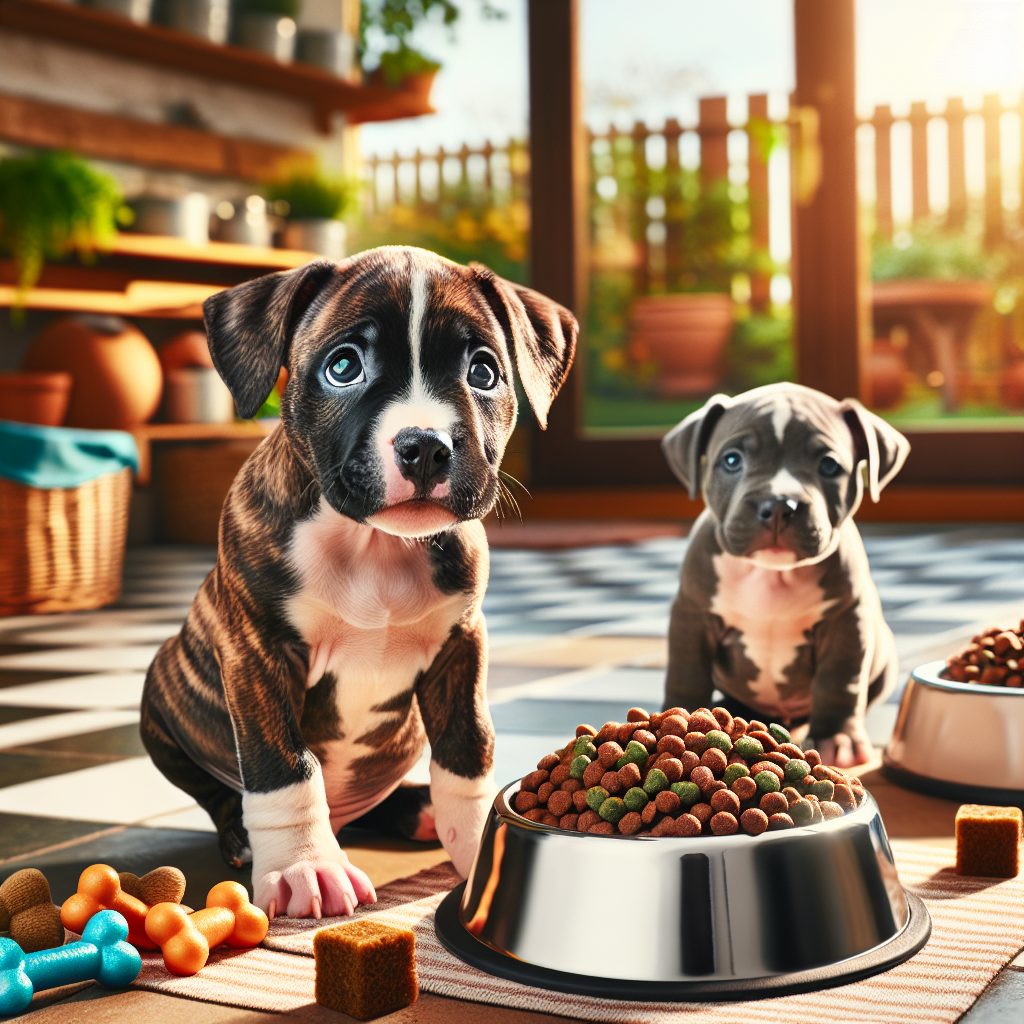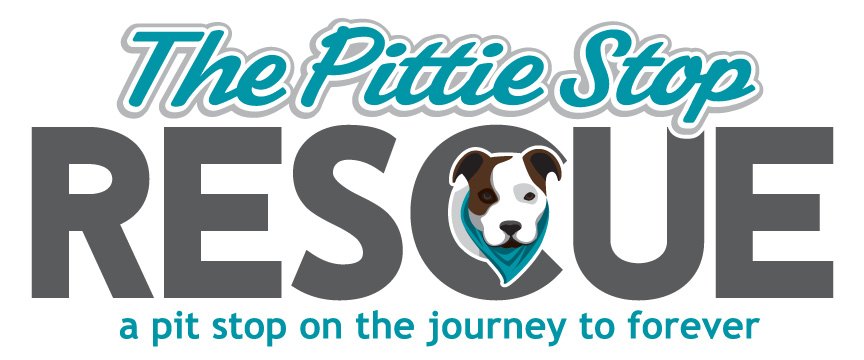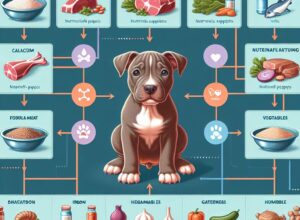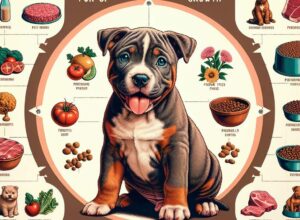
Key Takeaways
-
Start your pitbull puppy’s day with a nutritious breakfast to set the tone for healthy eating habits.
-
Introduce a variety of tasty toppers to make meals more appealing and encourage picky eaters to indulge.
-
Stick to a regular feeding routine to create a sense of security and predictability for your puppy.
-
Ensure your pitbull puppy’s diet includes essential nutrients like protein, fats, vitamins, and minerals for optimal growth.
-
When transitioning to new foods, do so gradually to avoid upsetting your puppy’s stomach.
The First Meal of the Day: Setting Up for Success
When it comes to feeding your pitbull puppy, the first meal of the day is crucial. It jumpstarts their metabolism and provides the energy they need for a day full of growth, play, and learning. Think of it as laying the foundation for their dietary habits and overall health. To make the most of this meal, ensure it’s balanced and packed with the nutrients your growing pitbull needs.
Importance of Breakfast for Your Pitbull Puppy
Just like in humans, breakfast for your pitbull puppy is the most important meal of the day. It sets their energy levels and can impact their mood and behavior. A nutritious morning meal can help maintain a healthy weight and support their rapid growth phase. Therefore, skipping breakfast is not an option for your energetic pup.
Choosing the Right Bowl to Entice Your Puppy
The bowl you choose can surprisingly impact your puppy’s willingness to eat. Some puppies prefer shallow bowls that don’t obstruct their view, while others might need a bowl with raised edges to prevent spillage. Additionally, using a non-slip bowl can make your puppy’s eating experience more comfortable and less messy. Remember, the right bowl can make all the difference!
Dealing with a Picky Pitbull: Strategies That Work
It’s not uncommon for pitbull puppies to be selective about their food. But don’t worry, there are plenty of strategies to tackle this issue head-on.
Making Mealtime Fun
Mealtime should be a joyous occasion for your puppy. Try turning it into a game by using feeding toys that dispense food as your puppy plays with them. This not only encourages them to eat but also provides mental stimulation and physical activity.
Using Tasty Toppers to Enhance Appeal
If your pitbull puppy turns up their nose at their regular food, consider adding some tasty toppers to pique their interest. Here are a few ideas:
-
A spoonful of plain, unsweetened yogurt
-
A sprinkle of shredded cheese or cooked egg
-
A dash of low-sodium chicken broth or salmon oil
These toppers not only enhance the flavor but also add extra nutrients to your puppy’s diet.
Regularity and Routine: Why Consistency is Key
Consistency is vital when it comes to feeding your pitbull puppy. Stick to a regular feeding schedule, offering meals at the same times each day. This predictability helps your puppy feel secure and can make them more likely to eat what’s in front of them.
Must-Have Nutrients: What Your Pitbull Puppy Needs
A balanced diet is essential for your growing pitbull puppy. Let’s break down the must-have nutrients that should be included in their meals.
The Role of Protein in Puppy Growth
Protein is the building block of muscle and is essential for your pitbull puppy’s development. High-quality protein sources like chicken, beef, or fish should be at the top of the ingredient list in their food. This will support their muscular growth and repair.
Vitamins and Minerals: The Building Blocks of Health
Vitamins and minerals are crucial for your puppy’s immune system and overall development. Look for foods enriched with essential vitamins like A, C, and E, and minerals like calcium and phosphorus to support strong bones and teeth.
Understanding the Importance of Fats in the Diet
Fats are not something to shy away from in your pitbull puppy’s diet. They provide energy, help absorb vitamins, and are necessary for brain development. Sources of good fats include fish oil and flaxseed, which also contribute to a healthy, shiny coat.
Feeding Frenzy: How Much and How Often?
Now that you know what nutrients your pitbull puppy needs, let’s talk about the right amount of food and the frequency of feeding. Puppies grow fast and have different energy needs than adult dogs, so it’s important to feed them the right amount of food at the right times.
Decoding Puppy Hunger: Recognizing the Signs
It’s essential to learn to read your puppy’s hunger cues. Is your puppy eagerly awaiting mealtime, or do they seem disinterested when food is presented? Are they finishing their meals quickly, or leaving food behind? Paying attention to these signs can help you adjust their feeding routine to their needs.
Portion Size Perfection
Getting the portion size right is a balancing act. Overfeeding can lead to obesity, while underfeeding can hinder growth. Most dog food packages have a feeding guide based on the puppy’s weight and age. However, these are just guidelines. You know your puppy best, so adjust as needed, and if in doubt, consult your vet.
Creating a Feeding Schedule That Fits
A consistent feeding schedule helps regulate your puppy’s digestion and establishes a routine. Aim for three to four meals a day for your pitbull puppy. As they grow older, you can reduce the frequency to twice a day. Consistency with meal times also helps with potty training, as puppies usually need to relieve themselves shortly after eating.
Transition Tricks: Introducing New Foods
There will come a time when you’ll need to change your puppy’s diet. Whether it’s transitioning from puppy to adult food, or simply changing brands, the key is to do it gradually.
Start by mixing a small amount of the new food with the old, gradually increasing the new food and decreasing the old over the course of a week. This slow transition helps prevent digestive upset and allows your puppy to adjust to the new taste and texture.
Remember, every pitbull puppy is unique. Their dietary needs can vary based on their size, activity level, and individual metabolism. Always keep an eye on your puppy’s body condition and energy levels to ensure they’re getting the nutrition they need to thrive.
FAQs
Here are some common questions pitbull puppy owners might have about their pet’s diet:
What should I do if my pitbull puppy refuses to eat?
If your puppy is refusing to eat, first ensure there are no health concerns by consulting a vet. If they’re healthy, try enhancing their food’s flavor with healthy toppers, establish a more strict feeding routine, and make sure their eating environment is comfortable and free of stress.
Is it normal for my puppy to like one food one day but not the next?
Puppies, like humans, can have changing tastes. It’s normal for them to be more interested in certain foods on some days. However, if your puppy consistently refuses the same food, they might not like it, or it could be causing them discomfort. Monitor their behavior and consult with your vet if this becomes a pattern.
How do I know if my puppy is getting enough nutrients?
A well-balanced diet that meets AAFCO (Association of American Feed Control Officials) standards, regular vet check-ups, and monitoring your puppy’s growth, energy levels, and coat condition are good ways to ensure they’re getting the nutrients they need.
Can I feed my pitbull puppy table scraps?
While it’s tempting to share your food with your puppy, table scraps should be avoided. Many human foods are unhealthy for dogs and can lead to bad habits. Stick to a high-quality puppy food and use dog-specific treats for training and rewards.
Should I feed my pitbull puppy a grain-free diet?
Grain-free diets have become popular, but they’re not necessary for all dogs. Some dogs may have grain allergies or sensitivities, but many do well on a diet that includes grains. It’s best to choose a diet based on your puppy’s specific needs and consult your vet for personalized advice.
Feeding your pitbull puppy doesn’t have to be complicated. With the right knowledge and a bit of patience, you can navigate through the world of puppy nutrition and ensure your furry friend grows up healthy and strong. Remember to pay attention to their individual needs and preferences, and when in doubt, your vet is always there to help guide you.
Blending the Old with the New: A Recipe for Success
Introducing new foods to your pitbull puppy requires a gentle touch. The trick is to make the new food seem like an old friend. Start by mixing a small portion of the new food with their current one. Over a week or so, gradually increase the new food’s proportion. This slow introduction helps your puppy’s digestive system adjust and can prevent any rejection of the new food.
FAQs
Let’s address some frequently asked questions that might be on the minds of pitbull puppy owners when it comes to their furry friend’s diet.
What should I do if my pitbull puppy refuses to eat?
If your pitbull puppy isn’t showing interest in their food, it’s important to rule out any health issues first. Make sure they’re in a stress-free environment at meal times. If all is well, consider spicing up their meals with healthy toppers or reassessing the feeding schedule. If the problem persists, consult your vet for further advice.
Is it normal for my puppy to like one food one day but not the next?
Just like us, puppies can have their own food preferences, and these can change. It’s not unusual for a puppy to enjoy a meal one day and turn their nose up at it the next. Keep an eye on their eating patterns and if you notice a consistent dislike for certain foods, it might be worth discussing with your vet.
How do I know if my puppy is getting enough nutrients?
Ensuring your pitbull puppy is getting enough nutrients is crucial for their development. Look for signs of good health like a glossy coat, healthy skin, bright eyes, and consistent growth. Make sure their food meets the nutritional levels established by the AAFCO. And, of course, regular vet check-ups are key to monitoring their health.
-
Regular vet check-ups to monitor growth and development
-
Observing your puppy’s energy levels and behavior
-
Checking for a shiny coat and healthy skin
These steps will help you gauge whether your pitbull puppy’s dietary needs are being met.
Can I feed my pitbull puppy table scraps?
It’s best to avoid feeding your pitbull puppy table scraps. Many human foods are not suitable for dogs and can disrupt their nutritional balance. Stick to high-quality puppy food and treats specifically designed for dogs to ensure they’re getting the right nutrients without the risk of developing bad eating habits.
Should I feed my pitbull puppy a grain-free diet?
Grain-free diets are often discussed in the pet community, but they’re not necessary for all dogs. Some puppies may have specific allergies or sensitivities that require a grain-free diet, but many do well with grains in their meals. Consult with your vet to determine the best diet for your puppy’s individual needs.



